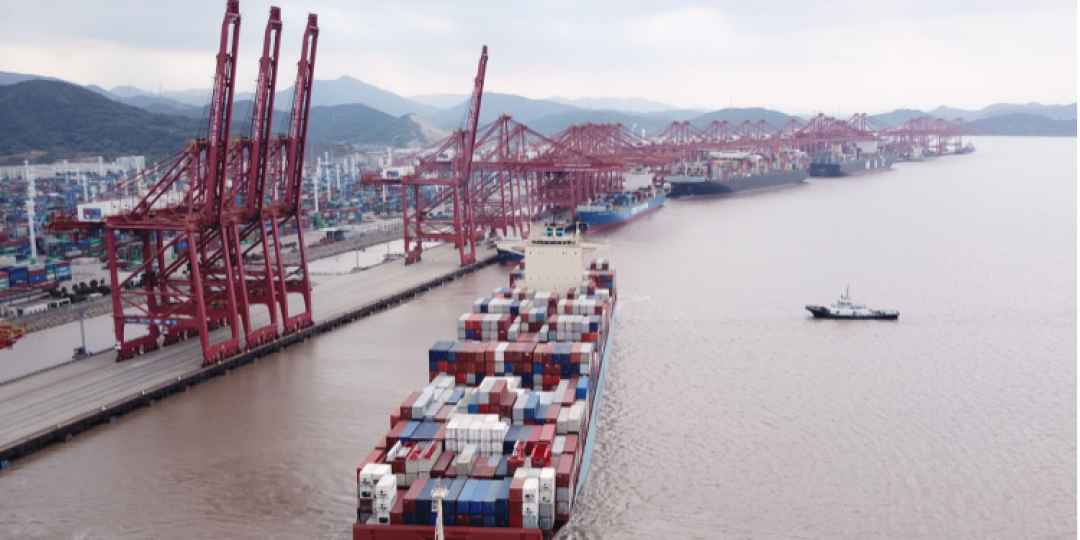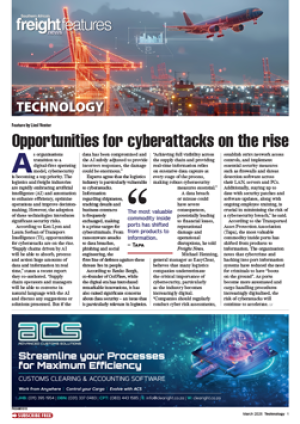In a bid to fill capacity during the traditionally slow period following the Chinese New Year, major deep-sea container carriers such as Maersk and MSC have begun reducing rates on the Asia-Europe trade route.
This move comes as part of a broader strategy to maintain vessel utilisation during a time when demand typically wanes.
On Friday, the Shanghai Containerised Freight Index reported a 4% decrease in rates for shipments from Shanghai to North Europe, bringing the cost down to $2 851 per twenty-foot equivalent unit (TEU).
Similarly, Korea Ocean Business Corporation's Container Composite Index, which tracks departures from Busan, noted a 3% drop in rates for North Europe-bound shipments, averaging $5 283 per forty-foot equivalent unit (FEU).
This rate adjustment is part of a larger trend in the maritime industry, where carriers are navigating fluctuations in demand and capacity.
Despite recent increases in container freight rates due to factors like port congestion and geopolitical tensions such as the Red Sea Crisis, carriers are now focusing on maintaining market share during slower periods, freight rate platform Freightos reports.
The shipping landscape is also set to undergo significant changes in 2025, with the dissolution of the 2M alliance between MSC and Maersk, and the formation of new alliances like the Premier Alliance and the Gemini Cooperation between Maersk and Hapag-Lloyd, UK business site Metro reports.
These developments are expected to reshape global logistics and potentially impact freight rates as competition increases. Original source: The Loadstar













